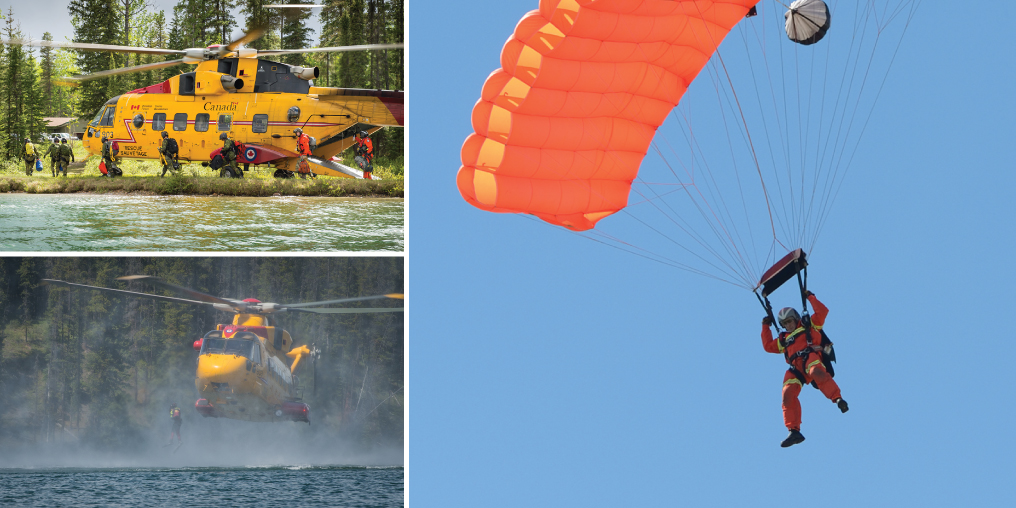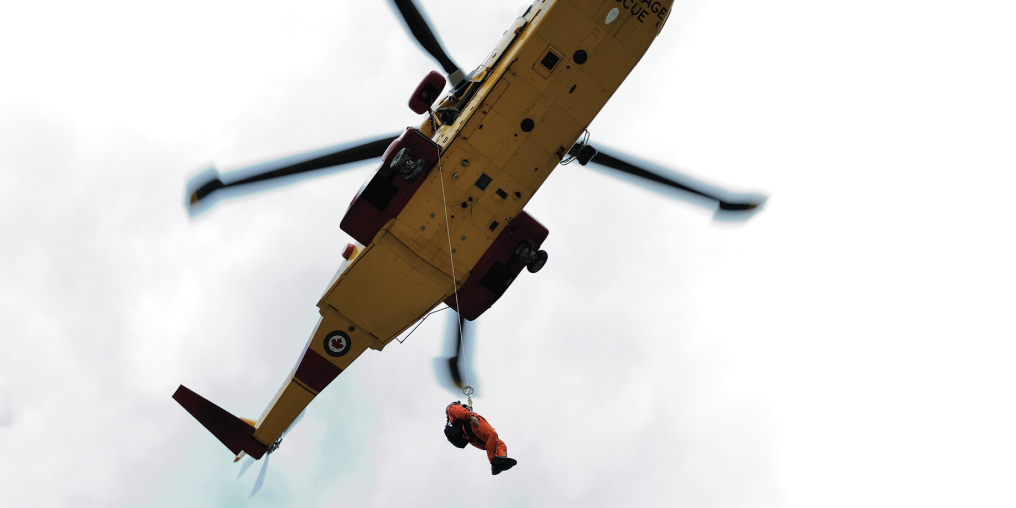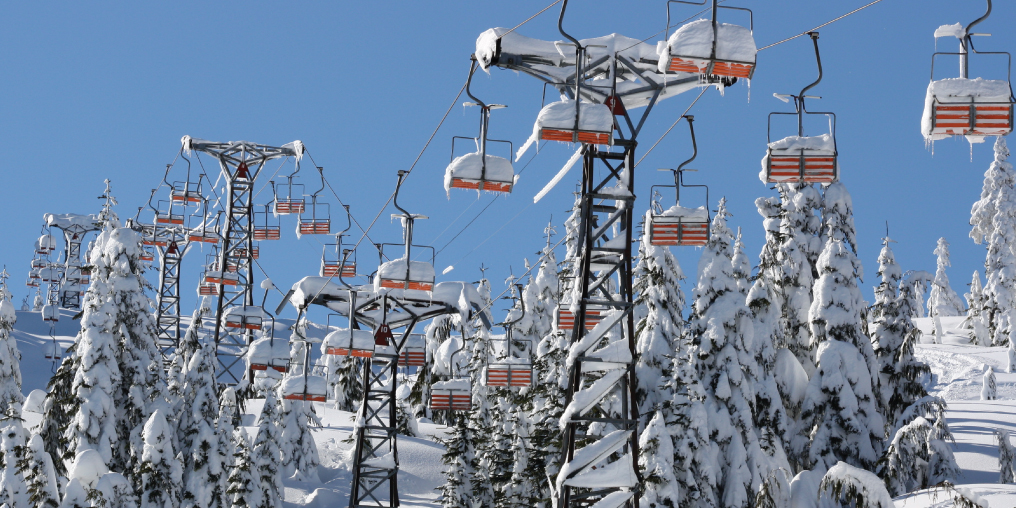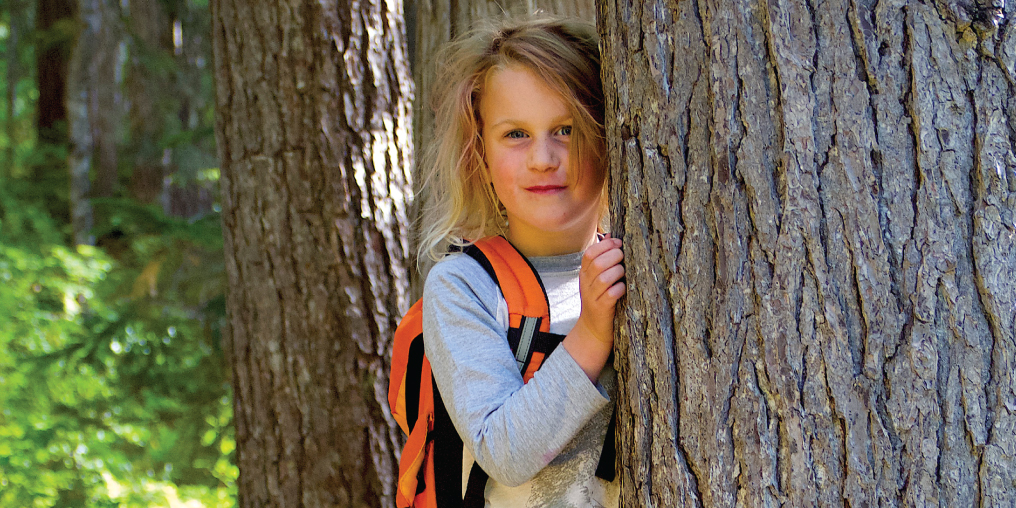A high level of competency and skill is required in order to function in the high-risk environment of search and rescue in Canada. The training that Canadian Armed Forces (CAF) Search and Rescue Technicians (SAR Techs) undergo is intense, as are the conditions in which they operate. They must establish and build confidence in their technical skills and have complete trust in both themselves and their teammates. Powerful bonds form during a SAR Tech’s career.
A talented group of committed and selfless people created the Para Rescue specialty in the 1940s. Those who follow in their footsteps feel a responsibility to hold the high standards they set. This evolutionary process of past experiences – of missions and losses – has shaped the techniques, procedures, and proficiencies required to build the trust essential to success.
The training progression for SAR Techs is well planned. It begins with a yearlong course at the Canadian Forces School of Search and Rescue (CFSSAR), which calls the Comox Valley home, and is the only SAR Tech school in Canada. Only 30 applicants are chosen to participate in an extremely challenging selection process that culminates with 12 or fewer candidates being invited to attend the SAR Tech course annually. If they are successful in training, they will join the ranks of approximately 150 SAR Techs in the CAF.
It is a small trade with great responsibilities. The men and women selected arrive with proven capabilities, skills they will apply and build upon during the intense and demanding course, which includes Primary Care Paramedic Level II training, mountain rescue, day and night parachuting–including into water and confined spaces–rescue diving, and land, sea and arctic survival skills. They will learn how to be deliberate, assess risk, and be decisive in executing a rescue plan.
“We are blessed with applicants who are the best that CAF has to offer,” says Chief Warrant Officer Wayde Simpson, CWO of CFSSAR and the Chief Instructor. “They bring experience and teamwork that blends well with SAR requirements and must do more than survive during training—they must thrive.” This training ensures SAR Techs have sharp decision-making skills and the ability to excel as a team member, often under immense stress. Their specialties, academic abilities, and physical skills overlap and complement each other. Candidates learn to work as a cohesive group, which over the training year is broken into smaller groups, until the final requirement of working on a team of two. This is the foundation of a squadron-level working relationship. “We couldn’t do what we do if we didn’t have 100 percent confidence in our partners,” says Sergeant Rob Dumonceau, a SAR Tech at 442 Transport & Rescue Squadron and member of the Operational Training Flight at 19 Wing Comox. “For example, we could be extracting someone from the side of a mountain. Our training is so ingrained that we trust what we’ve learned, and we trust our procedures and skills to keep each other safe, and to perform what is necessary for the rescue.”
Training begins with the six-month long medical phase and is critical to a candidate’s success. Becoming a qualified paramedic is the core competency for being a SAR Tech, as they are often the first responders in difficult situations which range from plane crashes, mountain rescues, vessels in distress, and helping people with life-threatening health problems on board boats and ships. Lives can hinge on a SAR Tech’s medical capabilities. It is also important that SAR Techs can reach those in distress, doing what they call “penetrating a site”, whether it be by parachute, hoist, surface vessel or foot. CFSSAR ensures graduates are qualified and proficient, so as not to put themselves or others at risk, and so they can execute a successful mission.
From initial training at CFSSAR to ongoing proficiency training, safety and buddy checks are a priority for these men and women. These build the necessary trust required for their perilous work. Being dressed appropriately, having the necessary equipment, and constantly checking in with partners is critical. SAR Techs are all about details.

“The smallest details matter.” Simpson says. “Your partner is your safety net. The details are reinforced over and over because there is no room for error in the job we do, which is what makes our SAR Techs some of the most highly trained rescue specialists in the world. Whether you’re jumping into water out of a helicopter or going into any chaotic environment, the first thing you do is buddy up, and it becomes ingrained. To this day, alongside decision-making—it is our greatest strength.”
Because of the intense training and high job performance standards at CFSSAR, SAR Techs graduate from training with the skills and confidence required to make an immediate contribution at the operational level. The squadron and crews they join will have high expectations of its new members and the SAR Techs now need to learn how to work with aircrew as a cohesive part of the complete rescue team with pilots, navigators, flight engineers, and their fellow SAR Techs. As they learn to become a part of the aircrew and the team lead/team member dynamic, their duties for the first five months are limited to those of restricted team members. They get to know the aircraft, how to fly, and how to perform in an operational environment, preparing them for the overwhelming ones.
There are numerous prerequisites and multiple training trips that build knowledge and confidence, which culminates in a formal check ride. Once a SAR Tech passes this simulated scenario, he or she becomes a fully qualified team member. This is a dramatic change and cohesiveness is essential. They must become accustomed to the added responsibilities of a team member and the mission tempo. “There is a strong imperative to be the best you can for your partner,” Dumonceau says. “We must trust the process, our shared knowledge and the desire to perform. Our training leads to confidence and builds a deepening of trust and I know I can put my life in that person’s hands.” As a team member, SAR Techs remain in a highly structured progression program. Training continues at the squadron, along with annual training at CFSSAR for four more years to upgrade skills, build proficiency, and further develop technical and leadership skills.
It’s a demanding five-year development plan to become a SAR Team Lead. SAR Techs will expand their medical capabilities, learn to lead in hazardous mountain and avalanche conditions, become dive supervisors, and then attend the Restricted Team Leader course. These courses are critical to progression and are followed by a year as acting Team Lead, where their responsibilities are far greater. They work in leadership positions with aircrew and other key components of the national SAR system such as the RCMP, Coast Guard, volunteer ground search and rescue teams, Civil Air Search and Rescue (CASARA), and in hospitals.
Bonds of trust, respect and reliance are formed–and necessary–to work in this elevated environment. SAR Techs must have absolute trust in their knowledge, proficiency, and as importantly, in each other. “Because of how crews are configured, the two people on the ground must find a solution.” Dumonceau says. “That can be a challenge; however, the ability to be decisive and to know we have the knowledge, makes us highly effective.” Having the confidence to make a decision is a key element in a SAR Tech’s career. They must posses the ability to create a plan and triage, often amidst chaos. They can find themselves at horrific scenes and must focus, decide what equipment is needed, what each of their responsibilities will be, and how to extract survivors/patients.
“An incredible bond is built between the brothers and sisters of the SAR Tech trade–we are like-minded individuals who live by the same creed: That Others May Live*” Simpson says. “We relate on an individual and team level. It is what we are trained to do and we have a passion to limit human suffering and assist those in need.”
Tragically, SAR Techs have lost their lives, and those who choose to serve understand the risk. Their shared experiences create bonds that are as intense as the experiences themselves and their relationships can last a lifetime.
*Without regard for my personal comfort or self advancement, to the best of my ability, and to the limitations of my physical and psychological endurance, I solemnly pledge to make every effort to return to safety, those victims of disaster entrusted to my care by the assignment of the mission to which I have consented. Those things I shall do: “That Others May Live”





